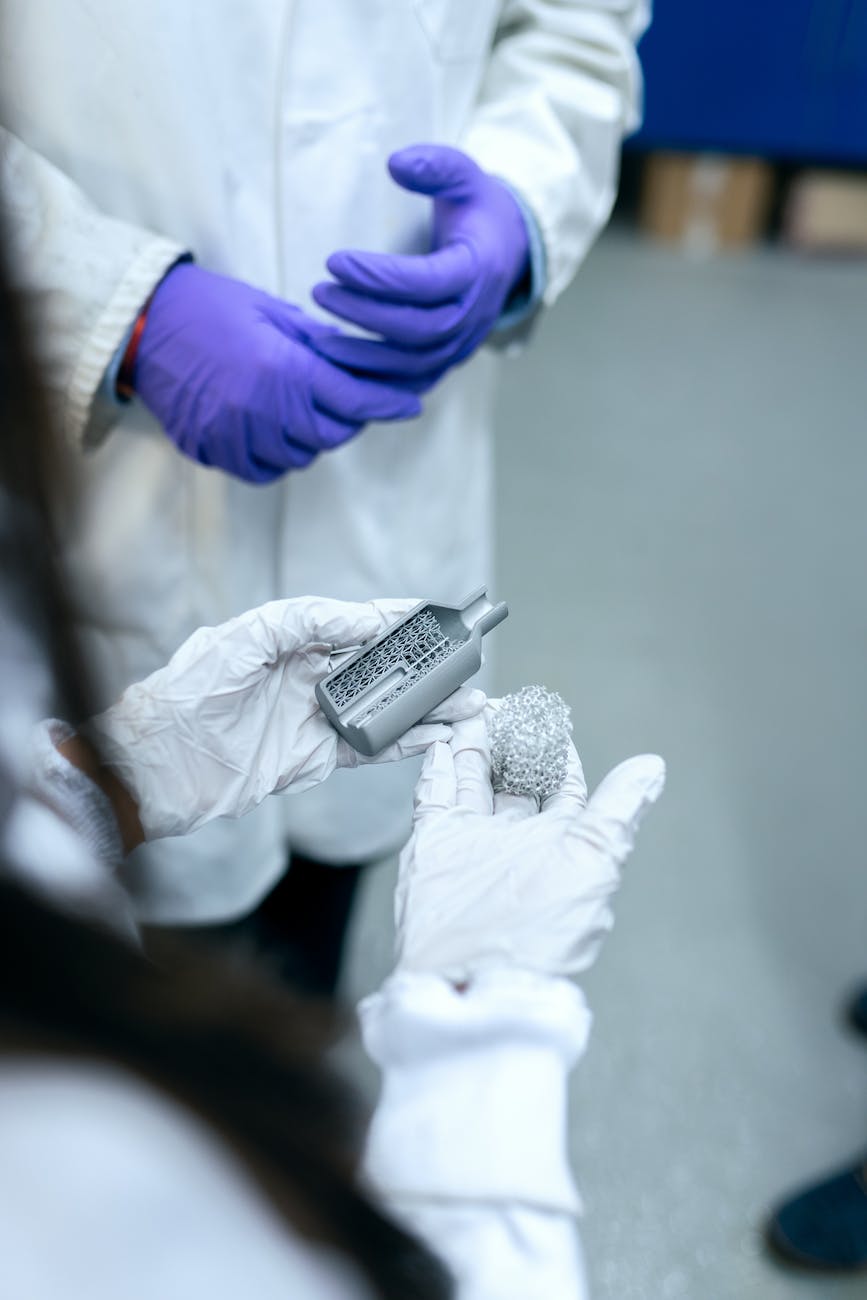In today’s technological world, while lithium-ion batteries have secured their position as the quintessential choice for electronic products, there are still myriad alternative technologies. From age-old lead acid batteries to the new-age lithium-ion batteries, there’s an extensive spectrum of choices for powering our devices.
The evolution of battery technology has a rich history. The rechargeable lead battery was invented in 1859 by French physicist Gaston Planté. This technology, based on electrochemical processes, has seen considerable advancements over the decades. The primary focus? To optimize weight, storage capacity, production cost, lifespan, recharging capability, and the environmental footprint of the battery.

There’s a vast array of electric batteries available – including lithium-ion, hybrid nickel-metal, lead acid, solid state, nickel cadmium, and nickel metal hydride. The type selected for electronic products is largely contingent on the system requirements. Amongst these, the lithium-ion battery is the most favored, prominently used in an array of electronic products.
Understanding the mechanics, energy in batteries is derived from the chemical energy stored within. An electric flow occurs between the positive and negative electrodes, and companies harness this energy for various electronic functions. Over time, these batteries do degrade. When an equilibrium is achieved between electrons on both sides, the electric flow ceases, marking the end of the battery’s life.

The lithium-ion battery was introduced in the early 1990s and quickly became predominant in the electronic products industry. It is renowned for its impressive power-to-weight ratio, ensuring devices remain lightweight yet powerful. Additionally, lithium-ion batteries boast a high energy density compared to their lead acid or nickel-metal hydride counterparts. This implies that for the same weight, they store more energy, a feature paramount for portable electronic devices.
Delving deeper into its workings, a typical lithium-ion battery encompasses an anode, cathode, separator, electrolyte, and two current collectors (positive and negative). The electrolyte ferries lithium ions between the anode and cathode, producing an electric charge.
Lithium-ion batteries are celebrated for their efficiency. They’ve exhibited a significant evolution in terms of capacity and size, making electronic products more compact yet robust. Furthermore, a commendable aspect of these batteries is their recyclability, resonating with the push towards sustainable electronic solutions.

Chemistry of battery
However, they have their limitations. Sensitivity to high temperatures, potential issues if fully discharged, and cost factors play a pivotal role in device design.
On the other hand, the nickel metal hydride battery, although an excellent fit for hybrid vehicles, finds its application in certain electronic products as well. They are often chosen for their extended lifecycle and safety features. However, their propensity for heat generation and high self-discharge rates can be challenging for certain applications.
Lead acid batteries, once the stalwarts of the electronic industry, are now primarily relegated to specific applications due to their weight and lower energy density.
Research is ongoing, with solid-state batteries emerging as promising candidates for future electronic products. They offer increased energy density and stability but are still in nascent stages.
Lithium-Ion Batteries in Electronic Products: A Glimpse into the Future with DataPower
In today’s technological world, while lithium-ion batteries have secured their position as the quintessential choice for electronic products, there are still myriad alternative technologies. From age-old lead acid batteries to the new-age lithium-ion batteries, there’s an extensive spectrum of choices for powering our devices.
The evolution of battery technology has a rich history. The rechargeable lead battery was invented in 1859 by French physicist Gaston Planté. This technology, based on electrochemical processes, has seen considerable advancements over the decades. The primary focus? To optimize weight, storage capacity, production cost, lifespan, recharging capability, and the environmental footprint of the battery.
There’s a vast array of electric batteries available – including lithium-ion, hybrid nickel-metal, lead acid, solid state, nickel cadmium, and nickel metal hydride. The type selected for electronic products is largely contingent on the system requirements. Amongst these, the lithium-ion battery is the most favored, prominently used in an array of electronic products.
Understanding the mechanics, energy in batteries is derived from the chemical energy stored within. An electric flow occurs between the positive and negative electrodes, and companies harness this energy for various electronic functions. Over time, these batteries do degrade. When an equilibrium is achieved between electrons on both sides, the electric flow ceases, marking the end of the battery’s life.
The lithium-ion battery was introduced in the early 1990s and quickly became predominant in the electronic products industry. It is renowned for its impressive power-to-weight ratio, ensuring devices remain lightweight yet powerful. Additionally, lithium-ion batteries boast a high energy density compared to their lead acid or nickel-metal hydride counterparts. This implies that for the same weight, they store more energy, a feature paramount for portable electronic devices.
Delving deeper into its workings, a typical lithium-ion battery encompasses an anode, cathode, separator, electrolyte, and two current collectors (positive and negative). The electrolyte ferries lithium ions between the anode and cathode, producing an electric charge.
Lithium-ion batteries are celebrated for their efficiency. They’ve exhibited a significant evolution in terms of capacity and size, making electronic products more compact yet robust. Furthermore, a commendable aspect of these batteries is their recyclability, resonating with the push towards sustainable electronic solutions.
However, they have their limitations. Sensitivity to high temperatures, potential issues if fully discharged, and cost factors play a pivotal role in device design.
On the other hand, the nickel metal hydride battery, although an excellent fit for hybrid vehicles, finds its application in certain electronic products as well. They are often chosen for their extended lifecycle and safety features. However, their propensity for heat generation and high self-discharge rates can be challenging for certain applications.
Lead acid batteries, once the stalwarts of the electronic industry, are now primarily relegated to specific applications due to their weight and lower energy density.
Research is ongoing, with solid-state batteries emerging as promising candidates for future electronic products. They offer increased energy density and stability but are still in nascent stages.
